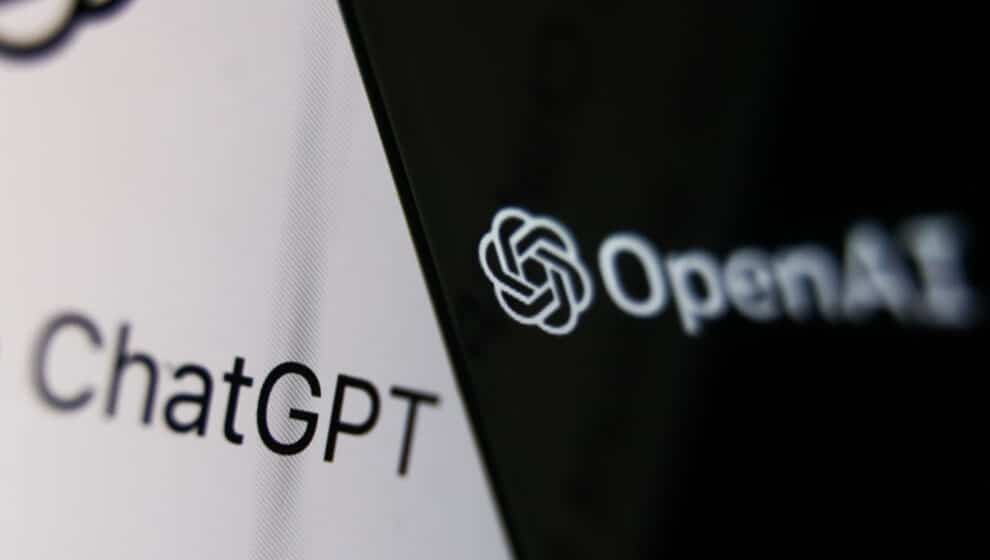One college student has the answer to the growing plagiarism concerns fueled by the artificial intelligence chatbot ChatGPT.
Key Details
- Princeton computer-science student Edward Tian has developed an app that can differentiate between essays written by a natural person and those written by ChatGPT.
- In a series of tweets, Tian showed examples of his app, GPTZero, in action. The app correctly identified a New Yorker essay as written by a person and a LinkedIn post as bot-made.
- Tian says he was inspired to create the app over concerns about AI plagiarism.
- The new app is publicly available, though shortly after Tian’s announcement, unanticipated web traffic caused the app to crash.
- By comparing a text’s “perplexity” and “burstiness,” GPTZero can determine whether a bot writes a passage. Perplexity is the randomness of a text or sentence, and burstiness is the variation between sentence structures. Human writing tends to have greater perplexity and burstiness.
Why it’s news
Since ChatGPT was released just weeks ago, more than a million people have toyed with the chatbot. The breakthrough AI technology has countless potential applications, but one concern among writers and teachers is that the tool can be used for plagiarism.
The AI can write basic essays and even imitate the writing styles of well-known writers. For example, a user could direct ChatGPT to write in the style of Mark Twain or a New York Times columnist.
While the AI’s imitation has some flaws, it can be remarkably accurate—especially if the user is willing to do light editing. The chatbot can produce even more convincing work when given a less complicated task, such as writing a high school essay.
In December, OpenAI announced that it would include a watermark on ChatGPT content to discourage plagiarism. That, combined with Tian’s new app, could be a stronger defense against misuse of the chatbot.
Backing up a bit
An AI (artificial intelligence) powered chatbot is creating a buzz across the internet—but this powerful and entertaining tool could have greater implications for internet usage in the future.
ChatGPT has access to vast amounts of data compiled by researchers up to 2021. Through its treasure trove of knowledge, the chatbot can answer nearly any question a user asks, though the site warns that the bot is not infallible.
Its ability to answer questions could pose a problem for Big Tech companies that are in the business of search engines. When a user types a question into ChatGPT, the answer populates in a paragraph format rather than supplying a list of links like Google does.
For example, if asked, “what is inflation?” the bot responds, “Inflation is the rate at which the general level of prices for goods and services is rising, and subsequently, purchasing power is falling. Central banks attempt to limit inflation, and avoid deflation, in order to keep the economy running smoothly,” in the first paragraph.
But the chatbot isn’t just a tool for providing definitions to users. When asked to provide something like a recipe, ChatGPT can provide a concise, accurate recipe without the long backstory that accompanies many recipe blogs.
